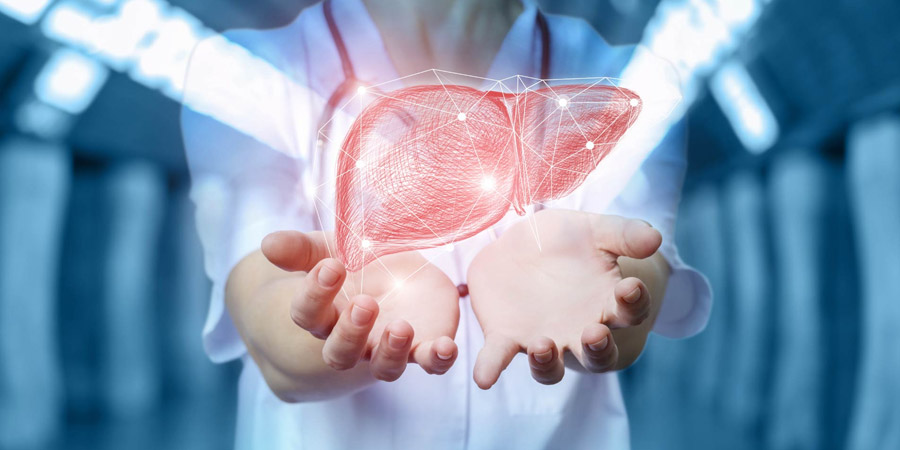
Hydatid disease in people is mainly caused by infection with the larval stage of the dog tapeworm Echinococcus granulosus.
It is an important pathogenic, zoonotic and parasitic infection (acquired from animals) of humans, following ingestion of tapeworm eggs excreted in the faeces of infected dogs.
Cystic hydatid disease usually affects the liver (50–70%) and less frequently the lung, the spleen, the kidney, the bones, and the brain.
The modern treatment of hydatid cyst of the liver varies from surgical intervention to percutaneous drainage or medical therapy. Surgery is still the treatment of choice and can be performed by the conventional or laparoscopic approach.
Percutaneous Aspiration-Injection-Reaspiration Drainage (PAIR) seems to be a better alternative to surgery in selected cases.
Laparoscopic interventions are primarily suited for cysts located superficially on the anterior surface of the liver without communicating with the biliary tree. They can also be attempted in the case of multiple cysts (but fewer than three).
Copyright © 2024 Hans Laparoscopy Surgiclinic. All Rights Reserved. Privacy Policy | Terms of Services
Developed by: S Techuniversal